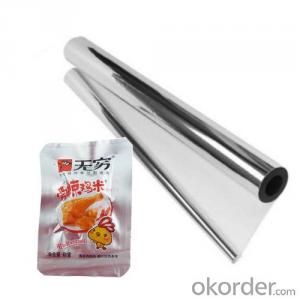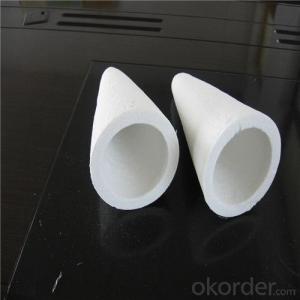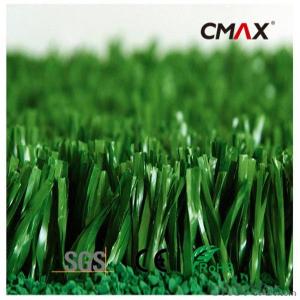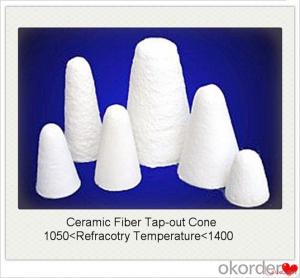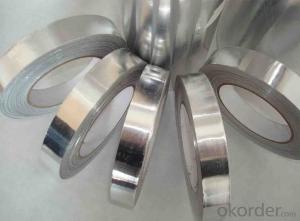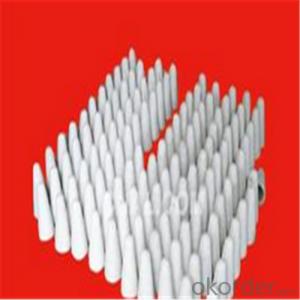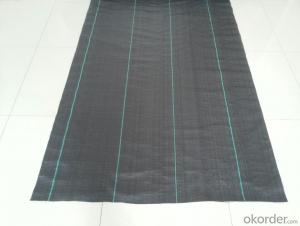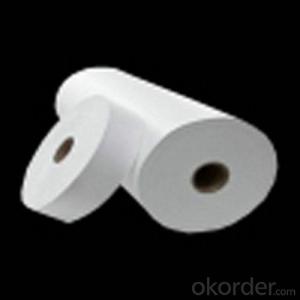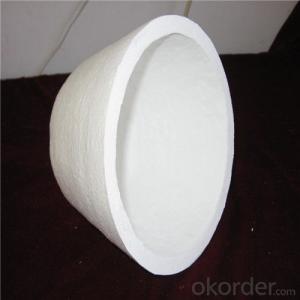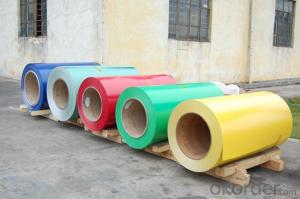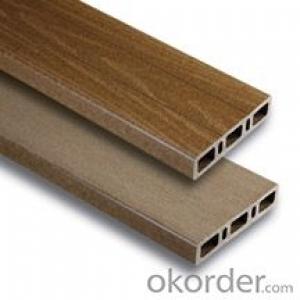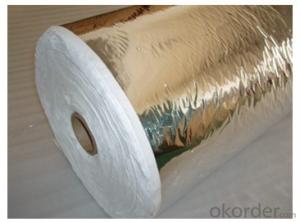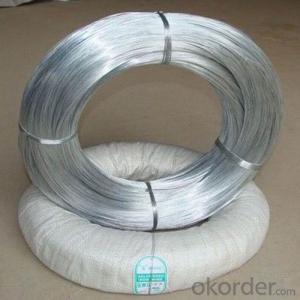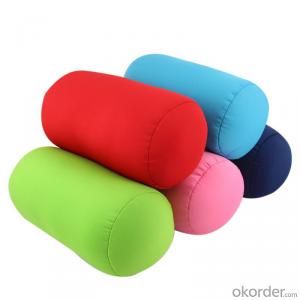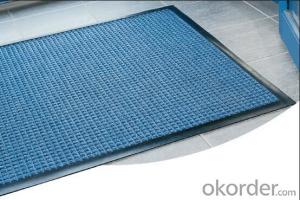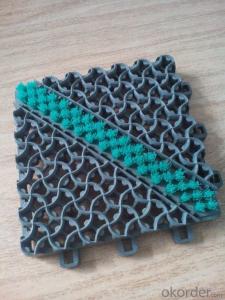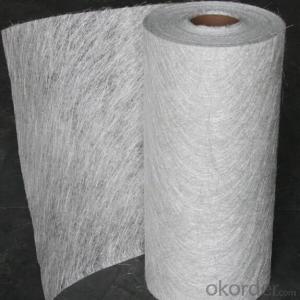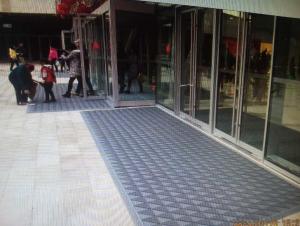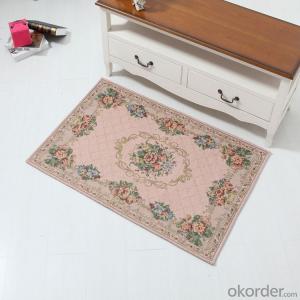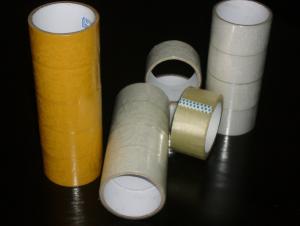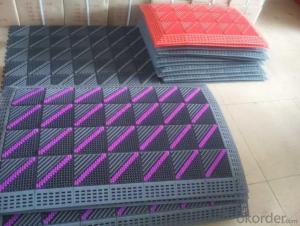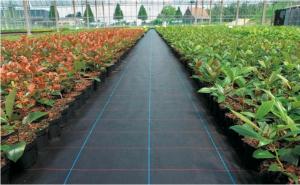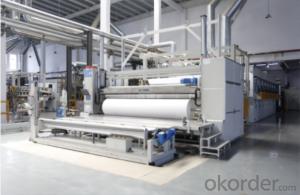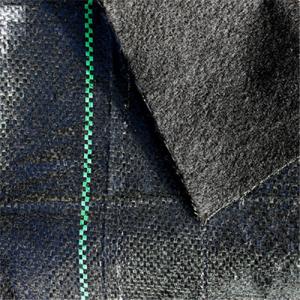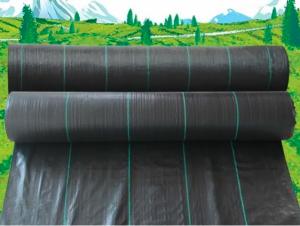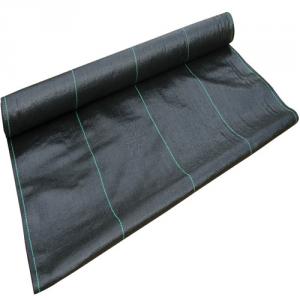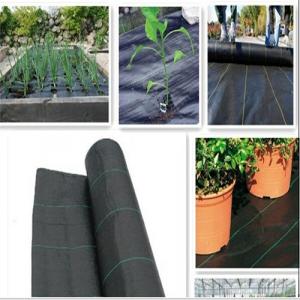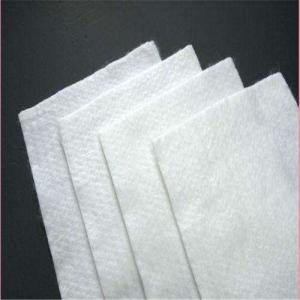Roll Out Mats
Roll Out Mats Related Searches
Coil Of Aluminum Weight Of 1 4 Aluminum Plate Weight Of 3/8 Aluminum Plate Weight Of 3/16 Aluminum Plate Big Roll Of Aluminum Foil Ball Of Aluminum Foil Thickness Of Aluminum Plate Cost Of Diamond Plate Aluminum An Aluminum Plate Of 25mm Thick Grades Of Aluminum PlateHot Searches
Cheap High Tea Sets For Sale High Density Fiberboard For Sale Used Finger Joint Machine For Sale Pancake Making Machine For Sale Bbq Machine For Sale Aeration Machine For Sale Used Metal Folding Chairs For Sale Large Metal Containers For Sale Metal Shop Cabinets For Sale Metal Shipping Crates For Sale High Mast Light Price List Solar High Mast Light Specification High Mast Tower Price Philips High Mast Lighting Price List Bajaj High Mast Lighting Price List High Mast Light Specification High Mast Tower Specification High Pressure Laminate Supplier Philippines High Mast Lighting Suppliers South Africa High Pressure Laminate Manufacturers EuropeRoll Out Mats Supplier & Manufacturer from China
Okorder.com is a professional Roll Out Mats supplier & manufacturer, offers integrated one-stop services including real-time quoting and online cargo tracking. We are funded by CNBM Group, a Fortune 500 enterprise and the largest Roll Out Mats firm in China.Hot Products
FAQ
- Principle and Advantages of Permeable Geotextile
- The advantages of permeable geotextile: 1: isolation, the use of polyester staple acupuncture geotextile with different physical properties (particle size, distribution, consistency and density, etc.) of building materials (such as soil and sand, soil and concrete Etc.) to isolate. So that two or more materials are not lost, not mixed, to maintain the overall structure and function of the material, so that the building capacity to enhance the capacity. 2: filter, when the water from the fine soil into the coarse soil layer, the use of polyester staple acupuncture geotextile good permeability and water permeability, so that water through, and effectively carrying soil particles, sand, small Stone, etc., in order to maintain the stability of soil and water engineering. 3: drainage, polyester staple acupuncture geotextile has a good water conductivity, it can form a drainage channel within the soil, the soil structure of the excess liquid and gas efflux. 4: reinforced, the use of polyester staple acupuncture geotextile to enhance the soil tensile strength and resistance to deformation, enhance the stability of the building structure to improve the quality of soil. 5: protection, water erosion of the soil, the effective concentration of concentrated diffusion, transmission or decomposition, to prevent soil damage by external forces, the protection of the soil. 6: high tensile strength, good permeability, breathable properties, high temperature, anti-freeze, anti-aging, corrosion-resistant, not moth-eaten.
- Geotextiles can positively affect soil consolidation by providing reinforcement and stabilization to the soil. They distribute the load more evenly, reducing the settlement and improving the overall strength and stability of the soil. Additionally, geotextiles can prevent erosion and control the movement of soil particles, further enhancing soil consolidation.
- Geotextiles help in the separation of materials by acting as a barrier between different layers of soil or other materials. They prevent the mixing or migration of particles, such as preventing fine soil from mixing with coarse aggregate in road construction, ensuring proper drainage and stability.
- Yes, geotextiles can be used for reinforcement of canal banks. Geotextiles provide stability and erosion control, helping to prevent soil erosion and maintain the integrity of canal banks. They can be used to reinforce the soil, distribute loads, and provide filtration and drainage, making them a suitable solution for reinforcing canal banks.
- Geotextiles help in preventing piping failure by acting as a filter and providing soil stabilization. They allow water to pass through while retaining the soil particles, preventing soil erosion and the formation of preferential flow paths that can lead to piping. Additionally, geotextiles reinforce the soil structure, increasing its resistance to erosion and improving overall stability, thus reducing the risk of piping failure.
- There are several different geotextile manufacturing processes, including weaving, knitting, and nonwoven methods. Weaving involves interlacing yarns in a crisscross pattern, creating a strong and durable material. Knitting involves interlocking loops of yarn, resulting in a flexible and stretchable fabric. Nonwoven processes involve bonding fibers together using heat, chemicals, or mechanical methods, producing a lightweight and permeable textile. Each manufacturing process has its own advantages and is used for different applications depending on the desired characteristics of the geotextile.
- Geotextiles help with load distribution in pavement systems by providing a flexible and stable foundation. They act as a reinforcement layer, spreading the load from traffic evenly across the pavement surface. This helps to prevent the formation of stress points and reduces the risk of pavement failure. Geotextiles also help to reduce the amount of rutting and cracking in the pavement, leading to increased durability and longevity of the road.
- What is the coefficient of friction for nonwoven geotextiles? What is the coefficient of friction between rock and soil?
- Geotextile friction coefficient refers to the friction between the two surfaces and the role of the vertical force on a surface ratio. It is related to the roughness of the surface, regardless of the size of the contact area. According to the nature of motion, it can be divided into dynamic friction coefficient and static friction coefficient.

